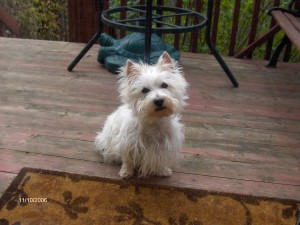Ligaments are the fibrous tissues that hold bones together in the proper position for optimal function. Tendons are the fibrous tissues that attach muscles to bones. When ligaments and tendons are damaged, pain is not only the result of the injury itself, but is also a result of abnormal movement and functioning of the affected joint which is not being maintained in its optimal position. Prolotherapy is a treatment that can tighten and strengthen fibrous tissues and return a joint to healthier, pain-free function.
Prolotherapy refers to the injection of sterile nutrient solutions to help stimulate the recruitment and proliferation of the cells that are in charge of healing and strengthening tissues: stem cells. The injections trigger the release of growth factors in the area receiving the injection, such as a joint capsule, tendon or ligament, or all three.These growth factors stimulate stem cells to proliferate and differentiate into the cells necessary for the repair of the injury or degenerative condition.
These growths factors include Insulin-like Growth Factors I-IV, Transforming Growth Factor Beta, Epidermal Growth Factor, Basic Fibroblast Growth Factor, Platelet Derived Growth Factor, and undoubtedly many others. These have been shown by research to be released during prolotherapy treatments, and appear to be the main basis for repair.
The healing effect is a graded, controlled reaction producing repair of the weak and damaged connective tissue of the tendons, ligaments and joint capsule. This repair process returns the bones of the joint to the proper position for function. When properly applied, prolotherapy does not induce scar formation. The bonds in the connective tissue are stronger, healthier, and thicker than before treatment, and with each treatment continue to strengthen, until the healing is complete and the pain resolved.
Since the injections need to be placed with great accuracy, and may cause a temporary discomfort, most dogs will require a light narcotic sedative for the procedure. The typical hospital stay is a half day, although some dogs and their guardians appreciate the chance to rest and “sleep it off” for longer.
The injections can be placed into multiple locations at one session, and typically 4-6 sessions at monthly intervals will be required. Pain is greatly reduced and mobility greatly improved, usually by the second or third treatment. A yearly “top-up” is often necessary to keep the treated area strong.














